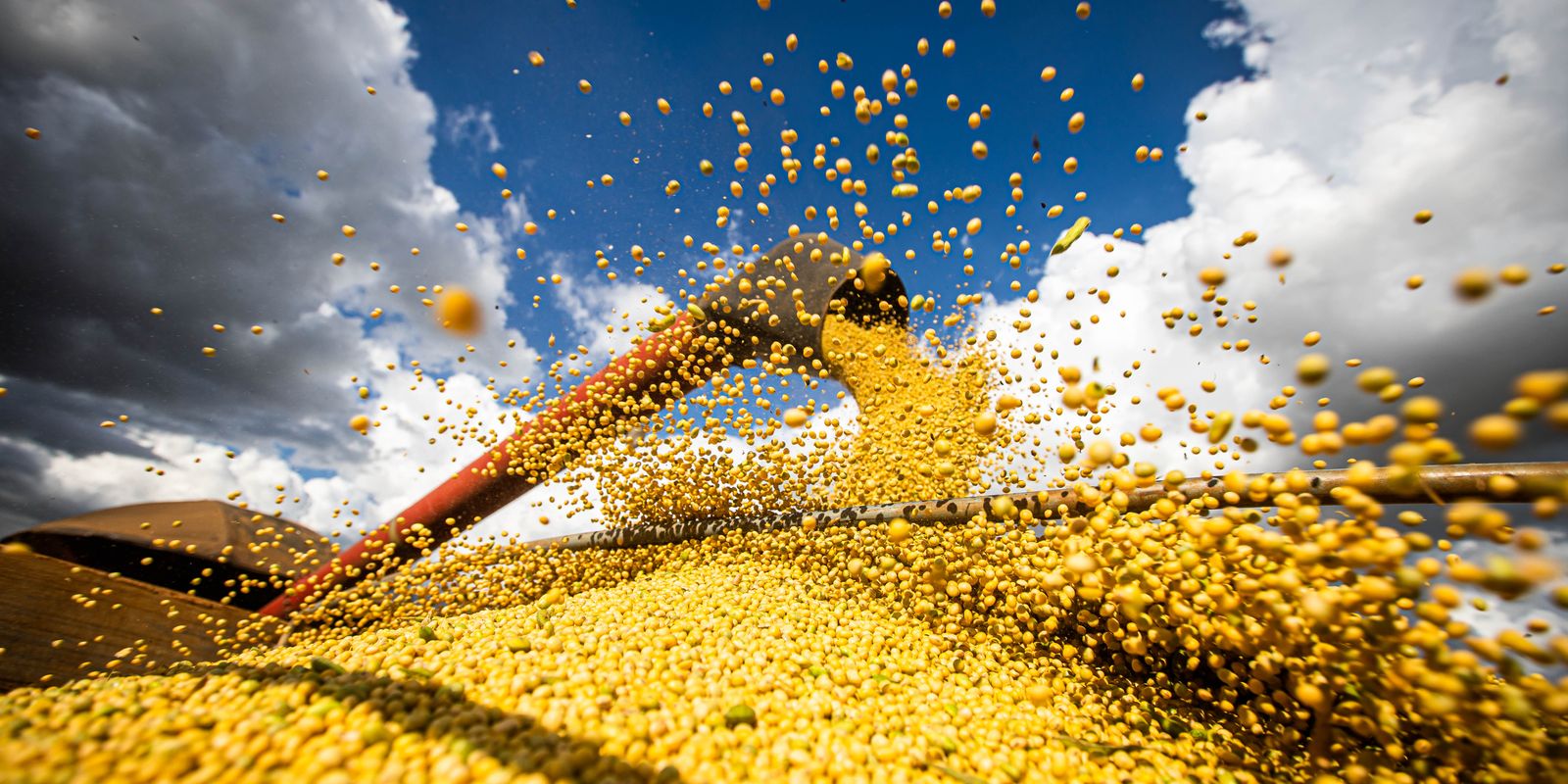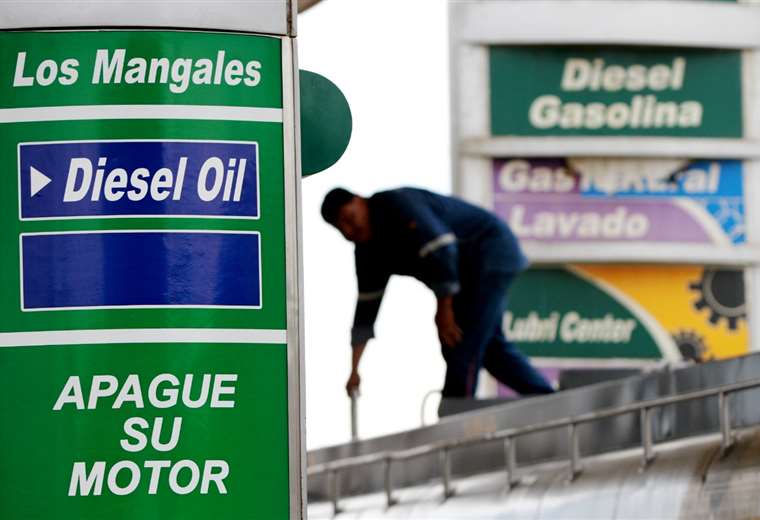In its latest projection for the 2023/2024 harvest, in September, the National Supply Company (Conab) indicates an estimated production of 298.41 million tons, a reduction of 21.4 million tons in relation to the volume obtained in the previous cycle.
The decrease, according to the company, is mainly due to the delay in regularizing rainfall at the beginning of the planting window, combined with low rainfall during part of the crop cycle in the states of the Center-West, as well as Maranhão, Tocantins, Piauí, Bahia, São Paulo and Paraná.
Another factor cited by Conab, in a note, is the excess rainfall recorded in Rio Grande do Sul, mainly in first-harvest crops.
“The states of São Paulo and Paraná, in addition to Mato Grosso do Sul, also presented adverse conditions during the development of the second crop. Even so, this is the second largest crop to be harvested in the historical series”, explains Conab.
The sown area is estimated at 79.82 million hectares, an increase of 1.6% or 1.27 million hectares over 2022/2023. The average crop productivity registered a reduction of 8.2%, going from 4,072 kilos per hectare last season to 3,739 kilos per hectare.
Soy
Among the crops affected by the adverse weather, Conab highlights soybeans, whose total volume harvested in the 2023/2024 harvest is estimated at 147.38 million tons, a reduction of 7.23 million tons compared to the 2022/2023 period.
“The observed drop is mainly due to the delay in the start of the rains, low rainfall and high temperatures in the areas sown between September and November, in the Central-West and Southeast regions and in the Matopiba region. [Maranhão, Tocantis, Piauí, Bahia]”, he informs.
According to the company, this scenario caused replanting and productivity losses. In Mato Grosso alone, the main soybean producing state, production was 39.34 million tons, a reduction of 11.9% compared to the first survey and 15.7% compared to the last harvest.
In Rio Grande do Sul, excess rain also harmed oilseed production.
Corn
Another product that, according to Conab, also suffered consequences from the climate throughout the development of the crop was corn. In the first harvest, high temperatures and irregular rainfall impacted important producing regions, such as Minas Gerais.
“In the second cereal cycle, the climate was more favorable in Mato Grosso and Goiás, for example. But in Mato Grosso do Sul, São Paulo and Paraná, dry spells in March and April, combined with high temperatures and pest attacks, compromised production potential.”
In addition to the lower performance, the company identified a reduction in the area allocated to grain cultivation. “In this scenario of reduced area and productivity, the total corn harvest is estimated at 115.72 million tons in this harvest, a drop of 12.3% compared to the production in 2022/2023”.
Cotton
Conab reported a slight drop of 1.5% in cotton productivity, estimated at 4,561 kilos per hectare of seed cotton. The area allocated for the crop, however, registered a “significant increase” of 16.9%, which reflects a 15.1% increase in production.
For cotton alone, the company estimates a harvest of 3.65 million tons, “a new record for the historical series”.
Rice and beans
The volume harvested for rice and beans is also higher this season when compared to last. In the 2023/2024 cycle, the estimated production of 10.59 million tons of rice represents a growth of 5.5%.
“This increase is mainly influenced by the larger cultivated area in the country, since the average productivity of crops was affected, reflecting the adverse climate conditions, with instability during the production cycle of the crop, especially in Rio Grande do Sul, the largest grain producing state.”
In the case of beans, the total estimated harvest is 3.25 million tons, 7% higher than the 2022/23 production. The good result is mainly influenced by the performance recorded in the second harvest of the legume, where an increase of 18.5% in production was recorded, reaching 1.5 million tons”.

















